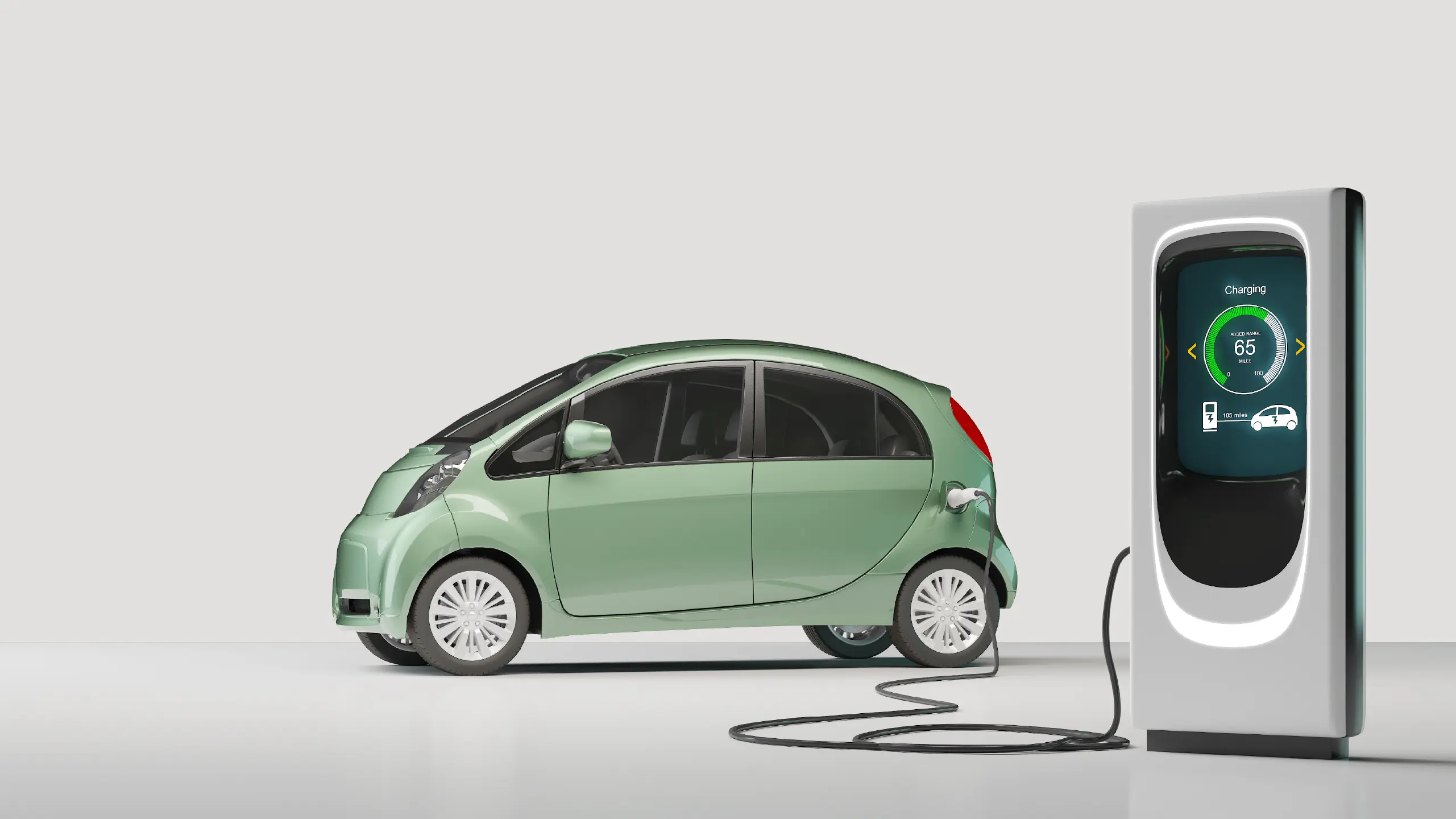
Shared Mobility in a Post-Pandemic World: Market Recovery Insights
If you had asked someone in 2019 what the future of urban transport looked like, they might have said “seamless ride-sharing apps,” “subscription cars replacing ownership,” or “scooters on every corner.” Then came 2020—a global pandemic that locked wheels as much as it locked doors. Suddenly, the shared mobility market—once the poster child of urban innovation—was parked in uncertainty. But markets, like people, have a knack for resilience. Fast-forward to today, and the industry is revving its engines once more.
This blog dives into the twists, turns, and U-turns of shared mobility in a post-pandemic world. We’ll unpack what’s changing, what’s sticking, and why Blackwater, with its razor-sharp mobility market research, is the GPS you need to navigate the road ahead.
The Pandemic Speed Bump No One Saw Coming
Before COVID-19, the shared mobility market was expanding at warp speed. Global ride-hailing apps were making ownership look old-fashioned, ride-sharing trends were celebrated as climate-friendly, and investors were pouring billions into micro-mobility startups. Then came lockdowns. Overnight, rides plummeted, car-pooling was deemed risky, and scooters gathered dust in warehouses.
But here’s the kicker: consumer behavior didn’t just pause, it reset. The pandemic made people hyper-aware of hygiene, safety, and control. The thought of sitting in a stranger’s car suddenly felt less like “sharing” and more like “sharing germs.” Subscriptions, contactless rentals, and personal mobility options surged.
So, did the pandemic kill shared mobility? Hardly. It just forced it to evolve.
Ride-Sharing Trends: Reinventing the Passenger Seat
Ride-sharing isn’t dead—it’s just been disinfected. Players in the space quickly adapted to new consumer expectations. Cars are now sanitized between rides, app interfaces show driver health checks, and AI-based routing ensures fewer stops with strangers. These aren’t gimmicks; they’re the new standard.
Another fascinating post-pandemic twist in ride-sharing trends is the blending of business models. Some platforms now combine ride-hailing with carpooling, food delivery, and even package transport. In other words, the “Uber for everything” dream is no longer just investor pitch fodder—it’s happening.
But let’s not ignore the elephant in the backseat: consumer trust. Recovery depends less on flashy features and more on whether people feel safe enough to share space again. And that, my friend, is where mobility market research comes in. Data shows which regions are bouncing back, what commuters are willing to pay extra for (spoiler: sanitization and speed), and how urban infrastructure investments shape demand.
Blackwater doesn’t just track numbers—we interpret behaviors. That’s the difference between knowing rides are up in Bangalore and knowing why they’re up (hint: the city’s exploding startup ecosystem paired with brutal traffic congestion).
Car Subscription Services: Ownership Gets a Makeover
If the pandemic taught us anything, it’s that flexibility is priceless. And in the shared mobility market, no model screams flexibility louder than car subscription services.
Think of it as Netflix, but instead of binge-watching shows, you’re binge-driving cars. You subscribe, swap models when you want, and skip the headache of loans, insurance, or resale value. For millennials and Gen Z, who already see ownership as optional (why own when you can access?), subscriptions have hit a cultural sweet spot.
The post-pandemic boost came from people who wanted the privacy of their own vehicle without the long-term financial burden of buying. For automakers, this was a lifeline—a way to monetize inventory while keeping customers loyal. For consumers, it was liberation from commitment.
Blackwater’s mobility market research shows an interesting demographic split here: urban professionals prefer short-term subscriptions (three to six months), while suburban families lean toward longer commitments but still shy away from ownership. The message? Car subscription services aren’t niche anymore—they’re mainstream.
Micromobility: The Two-Wheeled Renaissance
Scooters, e-bikes, and mopeds had a rough 2020 (nobody needed to “scoot” when working from home). But post-pandemic, micromobility is staging a comeback with gusto.
Why? Because it solves the “last-mile” problem. In cities where metro stations or bus stops are just a bit too far from home, micromobility fills the gap. And in a world where climate pledges are now part of corporate boardroom agendas, governments are throwing subsidies and infrastructure investments at two-wheelers.
Here’s the twist: micromobility isn’t just about leisure rides anymore. It’s about utility. Grocery trips, work commutes, school drop-offs—two wheels are becoming as essential as four. And companies that once treated scooters as side hustles are now treating them as core business units.
Once again, ride-sharing trends are evolving: shared scooters are now often combined with subscription-based personal scooters, creating a hybrid model of access and ownership-lite.
Data Is the New Fuel of the Shared Mobility Market
If vehicles are the body, data is the lifeblood. Without it, the shared mobility market wouldn’t know where to expand, when to scale, or how to survive pandemics.
This is where mobility market research becomes the unsung hero. It’s not enough to know that rides dropped 80% in 2020; companies need to know whether riders stayed away because of health fears, economic pressures, or changing lifestyle choices. Each reason leads to a different recovery strategy.
Blackwater specializes in distilling oceans of raw data into clear, actionable insights. Want to know how car subscription services are faring in Southeast Asia versus Europe? Curious about which city’s micromobility adoption is driven by environmental policies versus sheer convenience? That’s our lane.
And let’s be honest: in an industry where competitors pivot faster than a rental scooter, guessing is dangerous. Research is your competitive edge.
Global vs. Local: Why Recovery Looks Different Everywhere
One fascinating reality of the shared mobility market is that recovery isn’t uniform. In some cities, ride-sharing has bounced back to pre-pandemic levels, while in others, it’s lagging far behind. Why? Context.
Take Asia. Dense urban populations and relatively lower car ownership made ride-sharing indispensable. Post-pandemic, demand snapped back quickly—especially in cities like Jakarta and Mumbai, where traffic makes car ownership less practical.
Contrast that with North America, where higher car ownership rates meant people leaned on personal vehicles during the pandemic. Recovery is slower here because consumers rediscovered the convenience of owning their own wheels.
Meanwhile, in Europe, government incentives for electric vehicles and micromobility are shaping recovery in unique ways. Cities like Paris and Berlin have become poster children for bike-friendly infrastructure, fueling two-wheeled adoption.
Blackwater’s mobility market research helps businesses make sense of these regional nuances. Expansion decisions can’t be based on global averages; they need to be grounded in local realities.
Technology: The Invisible Driver
Behind every successful ride is an invisible layer of tech. AI-powered route optimization, real-time demand prediction, dynamic pricing, and even blockchain-based identity verification are becoming integral to the shared mobility market.
The pandemic accelerated digital adoption. Cashless payments went from optional to essential. QR codes became the gatekeepers of every ride. Apps began integrating everything from health status to carbon footprint calculators.
What does this mean for the future? Expect ride-sharing trends to increasingly blur with fintech, healthtech, and cleantech. The ride is no longer just about getting from point A to B—it’s about doing so safely, sustainably, and intelligently.
And again, understanding where to place tech bets requires, you guessed it, research. Blackwater ensures you’re not just chasing shiny tech, but investing in innovations that align with consumer expectations and regional infrastructure.
The Road Ahead: From Survival to Acceleration
The shared mobility market has already proven its resilience. But what’s next? Experts predict a multi-layered future where ride-sharing, car subscriptions, and micromobility co-exist rather than compete. Consumers will build their own “mobility portfolios,” mixing and matching services depending on need, budget, and lifestyle.
Imagine this: a commuter takes a shared scooter to the metro, hops onto a subscription car for weekend getaways, and books a ride-hailing service after late-night parties. That’s not just fantasy—it’s the reality of urban transport ecosystems in the making.
For businesses, this means opportunity. For investors, it means clarity is needed more than ever. And for governments, it means collaboration with private players to build cities that can sustain these new modes.
This is where Blackwater shines brightest. Our mobility market research doesn’t just forecast numbers; it maps out behaviors, technologies, and cultural shifts shaping the future. Whether you’re a startup testing a scooter fleet, a legacy automaker dabbling in car subscription services, or an investor hunting the next big ride-sharing trend, our insights give you the confidence to accelerate, not stall.
Conclusion: Don’t Just Ride the Wave—Steer It
The post-pandemic era hasn’t derailed the shared mobility market—it’s transformed it. Flexibility, hygiene, data, and sustainability are now the four wheels on which the industry rolls. And as consumers rewrite their relationship with transport, businesses need sharper headlights to navigate the fog.
That’s where Blackwater comes in. We’re not just observers; we’re your copilots, equipping you with research that turns uncertainty into strategy.
Because in the shared mobility journey ahead, survival won’t come from waiting for recovery. It’ll come from steering it. And the best maps? They don’t just show you where the road is—they show you where it’s going.



